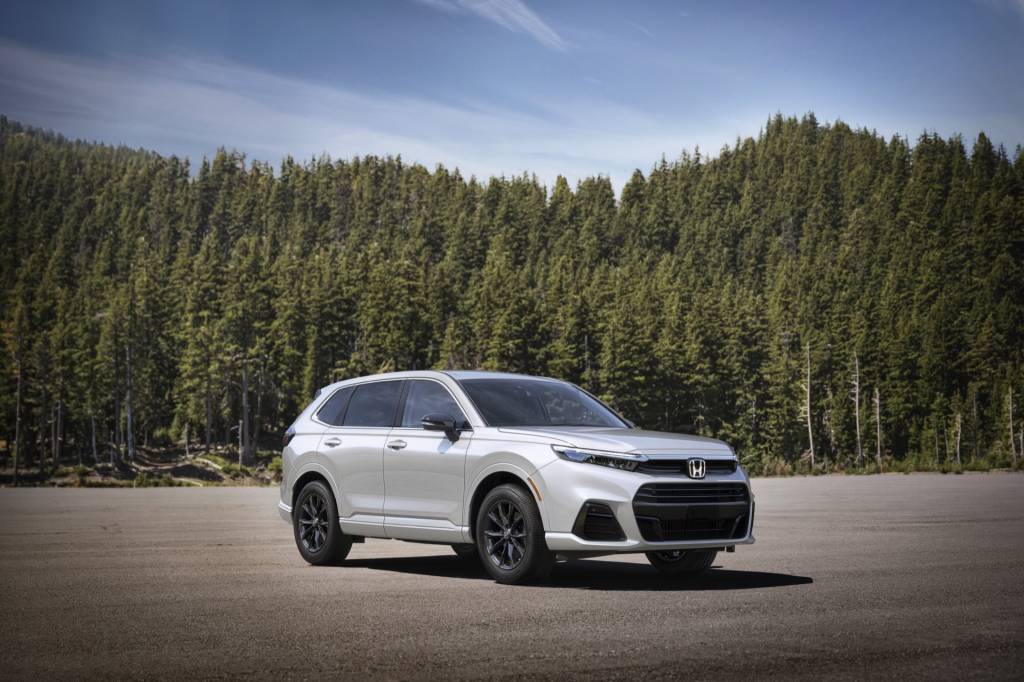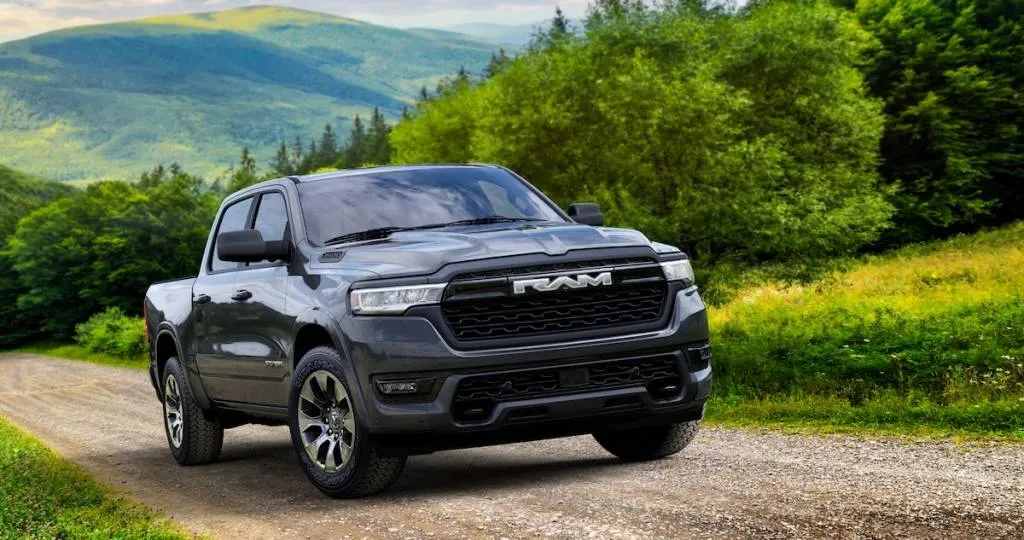No less than in some respects the reply consists of all the above. It’s difficult.
Plug-in hybrids’ higher complexity meant to repay by greening the possession expertise for many who would possibly be capable of plug in most days however not be capable of make an EV work primarily based on road-trip charging considerations. They’ve an engine and, usually, a a lot bigger battery than hybrids, good for overlaying the commute with out utilizing gasoline however affording the lengthy driving vary of a gas tank.
For those who don’t cost a plug-in hybrid, it would usually use a small portion of the battery with the engine and collectively perform as a hybrid. And there’s a lot controversy over how typically typical plug-in hybrid drivers truly plug in. A 2022 examine from the Worldwide Council on Clear Transportation, tapping into U.S. knowledge sources, discovered that plug-in hybrids are touring 25-65% fewer miles than recommended by the EPA numbers on window stickers, and a European Fee examine decided they have been polluting greater than assumed in real-world use. The EPA is aware of this and proposed an element correcting for it in greenhouse-gas rules, however given the most recent EPA and CAFE requirements, we’ll be seeing many extra plug-in hybrids.
What are you able to anticipate from the subsequent era of upcoming plug-in hybrids? Usually talking, due to California rules in addition to higher battery know-how, they’ll provide extra electrical miles—doubtlessly much more, within the order of 50-70 electrical miles for some fashions. Right now, the Vary Rover SE Plug-In Hybrid presents 51 miles, whereas there are just a few extra above 40 miles: The Toyota Prius Prime is at 44 electrical miles, the Toyota RAV4 Prime goes 42 miles, and the Volvo S60 Recharge and its V60 counterpart each go 41 miles.
Future PHEVs can even goal to supply extra of an electric-vehicle driving expertise up entrance—which means that so long as you might have some cost within the plug-in battery, the gasoline engine will keep principally off and out of the combo.
Whereas we look ahead to extra of these plug-in hybrids, listed below are the new or considerably upgraded PHEVs for the 2025 mannequin, in addition to these set to reach earlier than the tip of this calendar yr.

2025 Honda CR-V e:FCEV
Honda CR-V e:FCEV
Honda’s first plug-in hybrid for the U.S. in a lot of years is a California-only affair and it doesn’t have a gasoline engine beneath the hood. As a substitute, a 92.2-kw hydrogen fuel-cell stack takes the place of an engine and generator within the 2025 Honda CR-V e:FCEV, producing electrical energy to assist maintain the large 14-kwh battery pack charged and offering 174 hp and 229 lb-ft of torque on the entrance wheels. You can too plug within the e:FCEV and drive it 29 miles on a full cost—which, given the not-entirely-reliable hydrogen provide, is an efficient backup to have.

2023 Hyundai Tucson Plug-In Hybrid
Hyundai Tucson
The 2025 Hyundai Tucson Plug-In Hybrid has acquired a sharper look, commonplace all-wheel drive, and a brand new infotainment display influenced by the look contained in the Ioniq 6 EV, all as a part of an intensive refresh given to the entire Tucson lineup this yr.
Altogether there are sufficient modifications for it to make this checklist, and but its plug-in hybrid powertrain has not modified, with a 72-kw electrical motor not permitting totally electrical driving fairly on a regular basis, even with a full cost of the 13.8-kwh battery pack permitting 33 electrical miles. A 7.2-kwh onboard charger means it will possibly rejuice in lower than two hours with a Degree 2 dwelling charger, although, and its powertrain makes a mixed 268 hp and 258 lb-ft of torque and will get 35 mpg as soon as there’s no plug-in cost left.

2024 Jeep Gladiator
Jeep Gladiator 4xe
There’s been an absence of plug-in hybrid vehicles within the U.S. market, and it was a bit surprising to see Jeep step up as the primary. The Gladiator plug-in hybrid has been confirmed for an arrival in calendar yr 2025, with full particulars coming later this yr. At minimal, search for the specs of the Wrangler 4xe, which has a 17.0-kwh battery pack, offering 21 electrical miles. Its 2.0-liter turbo-4 and electrical motor system, making a mixed 375 hp and 400 lb-ft of torque, have already confirmed that off-road prowess gained’t go away.

2025 Ram 1500 Ramcharger
Ram 1500 Ramcharger
The upcoming 2025 Ram 1500 Ramcharger is, by our definition, a plug-in hybrid. That’s as a result of to get essentially the most out of this truck, with its “class-shattering limitless battery electrical vary,” because the model sensationally put it, you’ll want a full tank of gasoline.
But it’s very completely different. The Ramcharger will probably be one of many market’s first plug-in collection hybrids—which means there gained’t be any mechanical connection between the engine and drive wheels. With a 92-kwh battery pack, it ought to go a whopping 145 miles on electric-only battery energy, then one other 545 miles with the gasoline engine operating as a generator, successfully functioning as a range-extender. The twin-motor propulsion system driving the truck with all-wheel drive will make a mixed 663 hp and 619 lb-ft and, Ram says, will probably be totally as much as the duty for towing lengthy distances.
Ram has mentioned that the Ram 1500 Ramcharger will probably be a 2025 mannequin, however it would arrive after the totally electrical Ram 1500 REV that’s due within the fourth quarter of the yr—so anticipate the Ramcharger at dealerships in early 2025.

2023 Jeep Grand Wagoneer L
Jeep Wagoneer 4xe
Jeep this spring confirmed that it’ll add Wagoneer 4xe and Grand Wagoneer 4xe plug-in hybrids in 2025—unconfirmed as of but whether or not for the 2025 or 2026 mannequin yr—with a model of the identical “range-extended” plug-in hybrid system for use within the Ramcharger. With the finesse of totally electrical motor management on the wheels, it may conceivably increase the all-wheel-drive prowess of those huge full-size SUVs.


